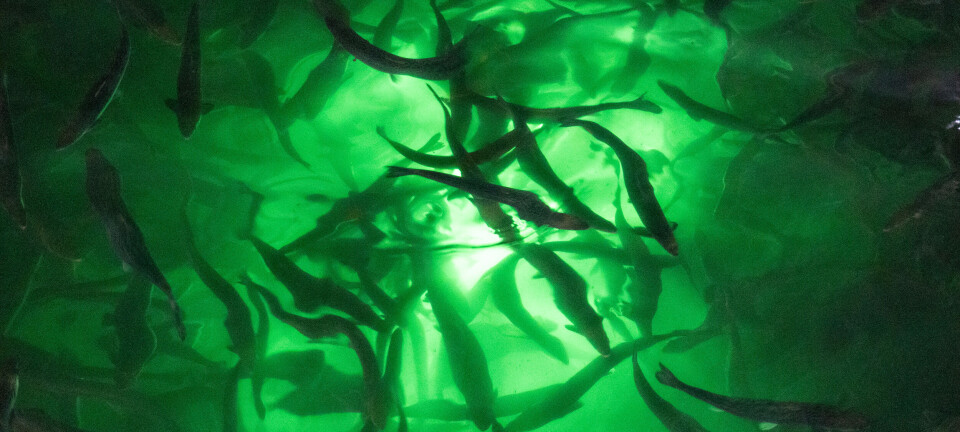
This move gave a growth boost to the salmon
Linde Gas Iceland, together with First Water, has conducted testing of new systems for oxygenation and water flow in large land-based fish farming tanks.
The testing at First Water aimed to investigate how the technology works in large tanks with high biomass, and to document the effect on both water quality and fish welfare, explains Alda Hlin Karlsdottir, sales manager at Linde Gas Iceland.
"With our new, larger OxyStream equipment, we can ensure that the fish swim and grow under good conditions," she tells LandbasedAQ.
As part of the work, a new system for oxygenation in emergency situations and during fish handling was also implemented. The solution is integrated into the facility's management system and, according to the company, will give operators better overview and control.
Worked as planned

In July, the first salmon were placed in the new 25-metre tanks at First Water. According to First Water's chief executive, Eggert Kristofersson, the results came quickly.
“Within a short time, we saw a clear improvement in the growth rate,” he says.
Karlsdottir adds that extensive measurements and system checks were carried out during the tests, and that the initial results confirmed that both water flow and oxygen supply were working as planned.
She also emphasises that the facility has very good water conditions, with crystal clear seawater as a starting point.
Better appetite and lower stress
Karlsdottir says that stable oxygen levels result in calmer fish, better appetite, higher feed utilisation and fewer welfare problems.
“Adjusted water flow also reduces stress, skin damage and dominance problems. This contributes to better growth and a more even size distribution in the population,” she points out.
Can reduce energy needs

The system combines oxygenation, reduction of total gas pressure, and provision of an optimal water flow. The energy consumption for oxygenation and powering the tanks is around 0.3 kWh per kilogram of dissolved oxygen. It also reduces the nitrogen content in the water, which Karlsdottir believes provides more stable conditions in the tanks.
According to the company, the system can help reduce the total energy requirement in a land-based fish farming facility by up to 10%.
After testing, the focus is on optimisation and knowledge transfer. This involves training operators, establishing maintenance routines, and adjusting parameters based on production data.
“We follow up on First Water as new tanks are put into use, and at the same time use the lessons learned to improve our designs. This is the way we have worked for decades: to design, deliver, measure and improve,” says Karlsdóttir.
Major projects in Iceland

Karlsdottir believes that Iceland, with its natural resources, has good conditions for land-based salmon farming.
"I assist customers with the implementation of new systems and solutions adapted to both land-based and marine facilities," explains Karlsdottir.
Linde is an international industrial gases and engineering company operating in over 80 countries and had sales of US $33 billion (NOK 324 billion) in 2024.
"With the support of Linde Technology and the global team led by Kenneth Glomset, we have achieved our goals and completed a very successful start-up," she says.
Within aquaculture, the company has its own innovation centre in Ålesund, Norway, which is used for research, development and testing of new solutions.
























